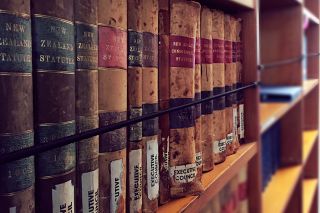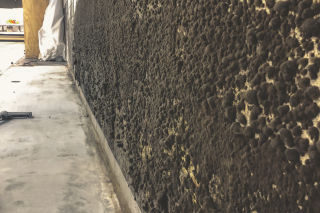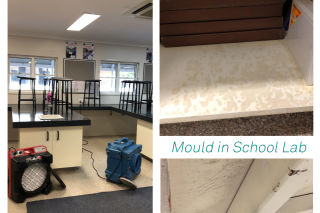Mould Spread in Ceiling Space
NLR was called to a home where it started showing signs of mould on the ceiling. Further investigation showed a complete mould spread in the attic space of the second-story roof.
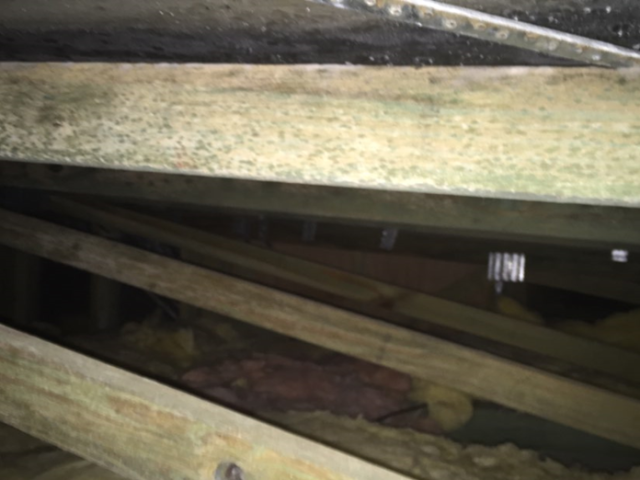
#Project highlights
3x
HEPA filtration units
H2O2
vaporisation & antimicrobial treatment
Containment
HD plastic sheeting, temporary framing
5x
Mould sampling tests
How to Remove Mould from Ceiling
Watch the process NLR takes in order to safely remove the mould in the house.
#Details of Job
Project Overview
Due to improper shower steam venting, moisture was leaking into the attic void space for a long time, causing mould growth throughout the ceiling space, and spreading onto the ceiling of the upper level. NLR Restorations was called in to investigate and completely remediate the complete spread of mould.

Misaligned venting causing moisture leak
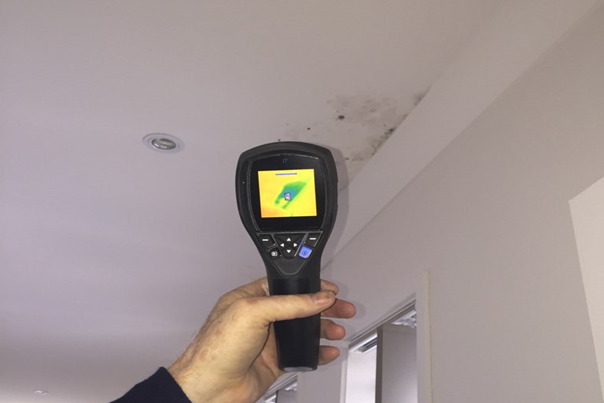
Thermal reading of moisture
NLR technicians decided, to safely remove the mould infection from the house, they first needed to mitigate the mould damage from spreading further, and prevent secondary damage from occurring when carrying out invasive works. To do this NLR installed and implemented negative venting using two air movers and three HEPA filtration units. This effectively took the contaminated air (mould spores), filtered it and blew it out of the house.
Technicians also installed containment barriers at entrances, to seal off the affected area. HD 200um plastic sheeting was installed on the flooring, including the stairs, to protect the flooring as well. They removed all affected porous fittings (curtains and blinds), for offsite cleaning by a subcontractor.
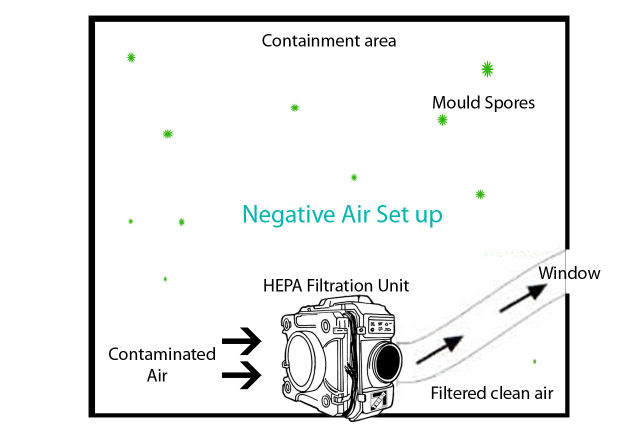
Negative air diagram
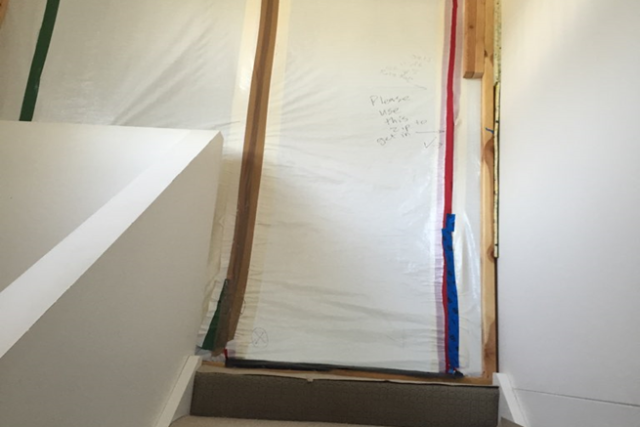
Containment barrier with zip access
After the electrician came through to make safe invasive works, NLR Technicians put on level 3 PPE gear, cut, stripped and double bagged the ceiling plasterboard and insulation of the second level. A disposal skip was left on-site during the day, for technicians to dispose of affected materials. Further negative airing was implemented.
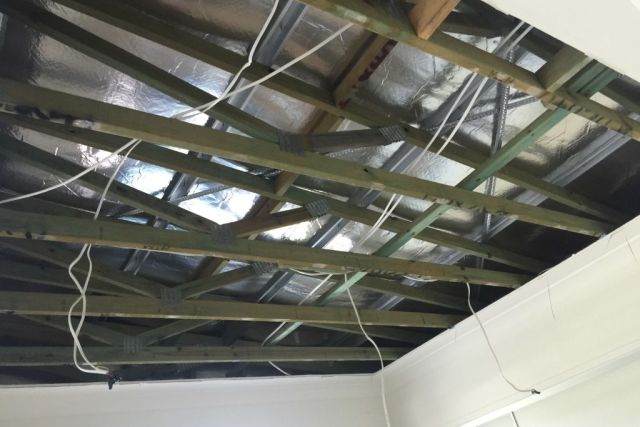
Ceiling plaster removed
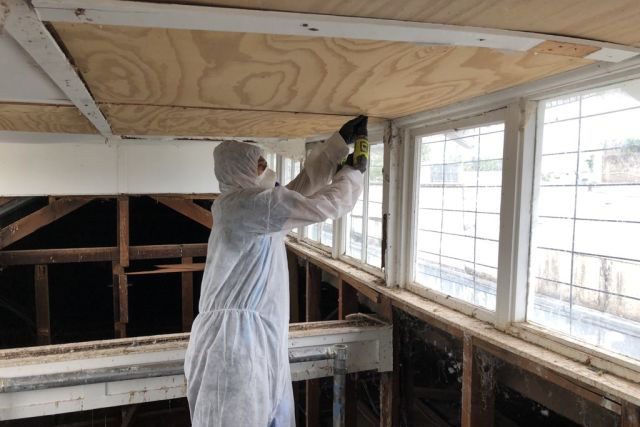
PPE gear example
Afterwards, NLR technicians, wearing full level 3 PPE gear, started physical mould remediation to the ceiling/roof space, by HEPA vacuuming, scrubbing and wiping timber trusses, sarking, ceiling framing and walls. Additionally, technicians also started mould remediation to all upper-level room surfaces. Once the mould was remediated heavily, drying of moist building material could commence, with the installation of two dehumidifiers and two air movers. H2O2 vaporisation was installed in the contained area to add more surety that the mould was killed, especially in hard to reach places.
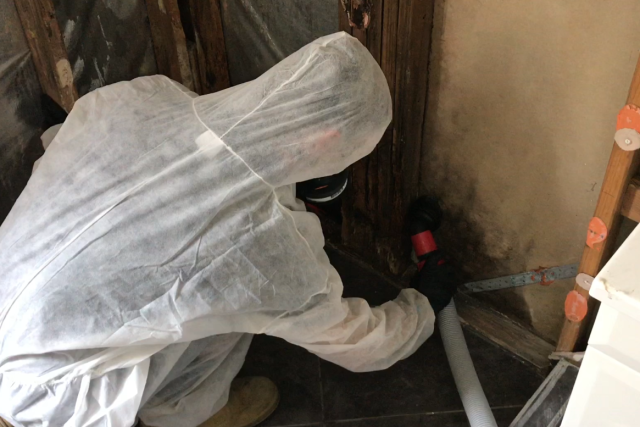
Example of HEPA vacuuming, physical mould removal

H2O2 set up
Lastly, after removing the sheeting NLR technician’s carpet and tile cleaned all areas of the home, and remediated three air-conditioning units, using anti-microbial treating methods. Before removing equipment, technicians took post-remediation mould sampling and testing to verify remediation results (2 air samples, 1 air-o-cell, 1 via-cell and two ATP surface samples).
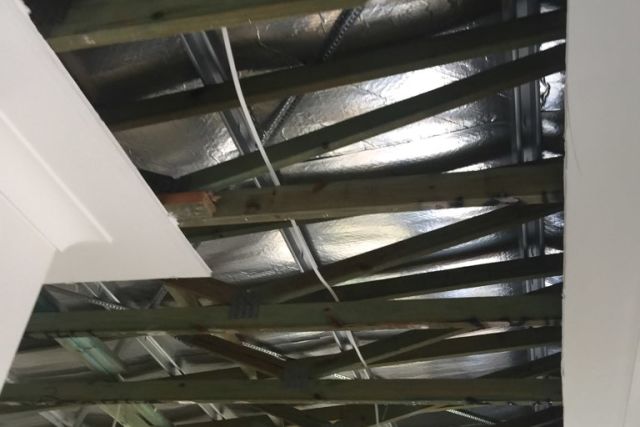
Ceiling space mould free
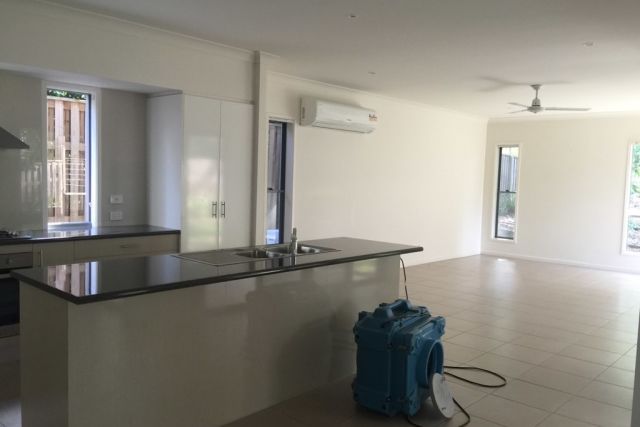
Lower level cleaned and passed
#Result
Results revealed a successful mould remediation, and so equipment was removed. The home was now ready for building works to commence, to fix the shower venting problem, and to reinstall the ceiling plaster. If you have a mould problem or query, please contact our team by clicking on the below link.



